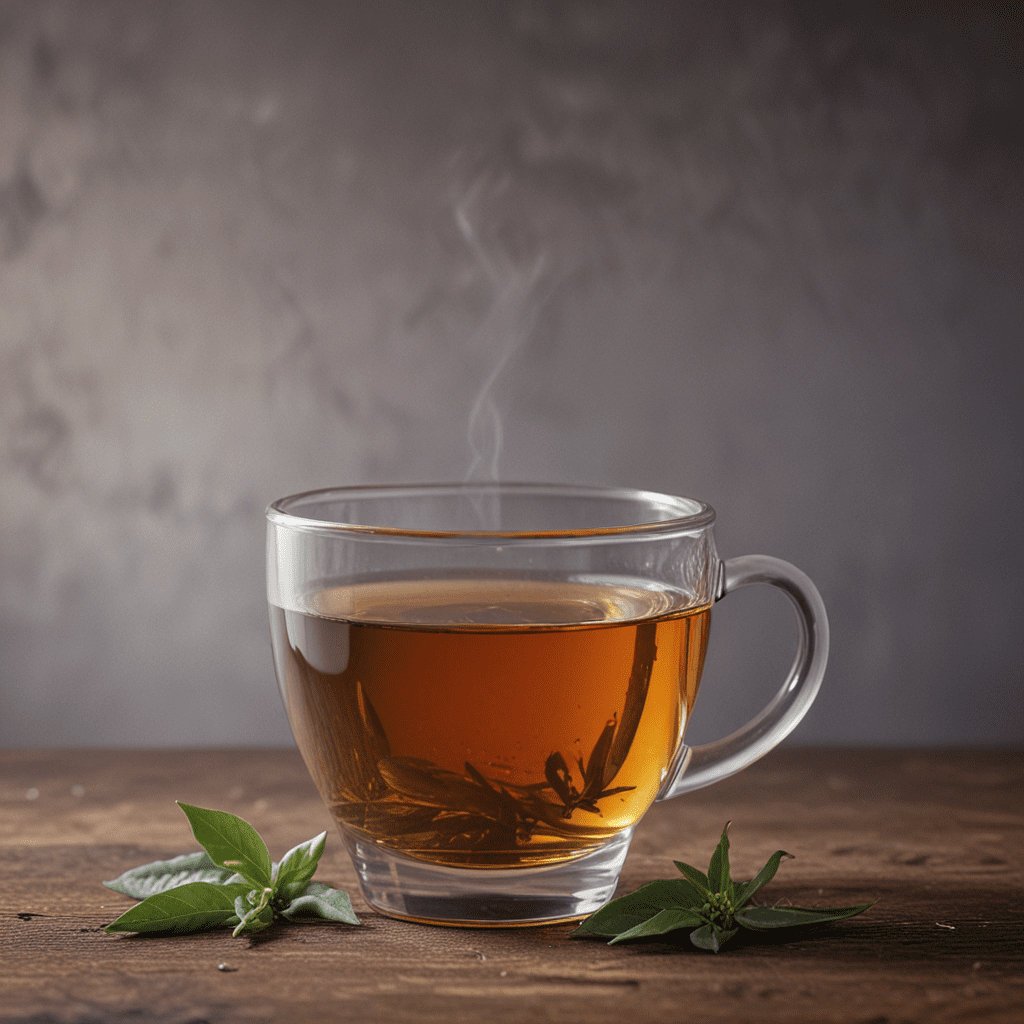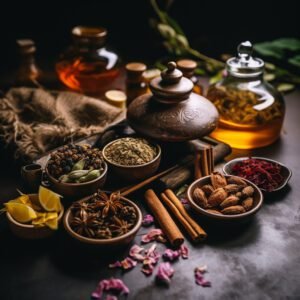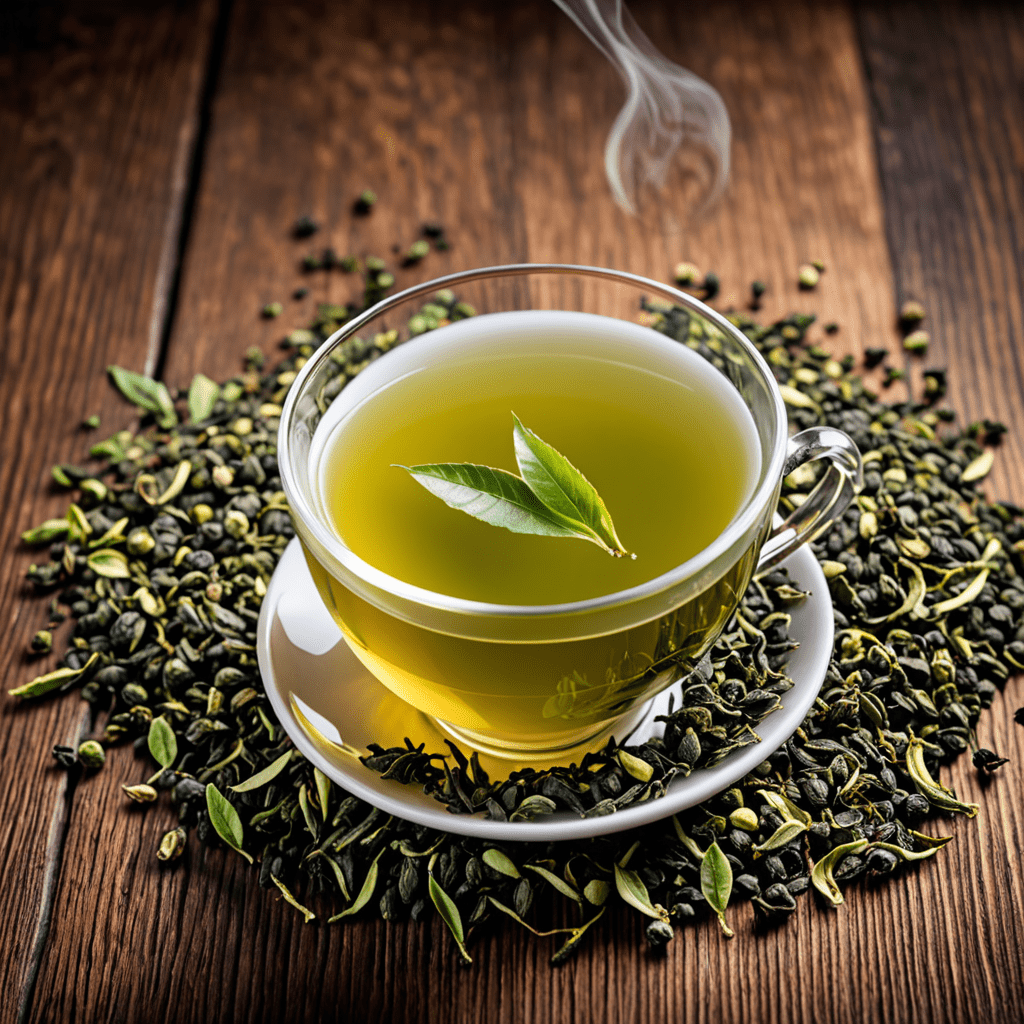
Introduction: The Enchanting Allure of Darjeeling Tea
Darjeeling tea, the "Champagne of Teas," originates in the majestic foothills of the Himalayas. Its distinctive flavor, aroma, and health benefits have captivated tea connoisseurs worldwide. From its origins in the 19th century to its enduring legacy today, Darjeeling tea weaves a captivating tale of nature's artistry and human ingenuity.
Historical Origins: Roots in the Himalayan Foothills
The history of Darjeeling tea is intertwined with the British Raj in India. In the early 19th century, the British, in search of alternatives to Chinese tea, established tea plantations in the Darjeeling region. The unique climate, altitude, and soil of Darjeeling proved ideal for tea cultivation, leading to the development of the prized Darjeeling variety.
Terroir and Cultivation: The Unique Conditions of Darjeeling
Darjeeling tea's exceptional quality stems from its unique terroir, a combination of geographical and climatic factors. The region's high altitude, ranging from 600 to 2,000 meters, provides the perfect temperature and humidity for tea growth. The well-drained, sandy loam soil, rich in organic matter, nourishes the tea bushes. The monsoon rains and the cool, misty Himalayan climate further contribute to the distinctive flavor profile of Darjeeling tea.
Varieties and Flavor Profiles: A Symphony of Flavors
Darjeeling tea encompasses a wide range of varieties, each with its own unique flavor profile. The most famous is the first flush, harvested in March-April, known for its delicate, floral notes with hints of honey. The second flush, harvested in May-June, offers a bolder, more robust flavor with muscatel grape undertones. Late flushes, harvested in autumn, showcase darker, more earthy characteristics. The flavors of Darjeeling tea are a testament to the skilled tea masters who nurture the bushes and craft these exceptional blends.
Harvesting and Processing: A Delicate Balance
The harvesting and processing of Darjeeling tea are meticulous processes that require precision and expertise. Tea leaves are handpicked by experienced tea pluckers, ensuring only the finest two leaves and a bud are selected. The leaves are then withered, rolled, oxidized, and dried in controlled conditions to develop their characteristic flavor and aroma. This delicate balance of artistry and science allows Darjeeling tea to retain its unparalleled quality and freshness.
Health Benefits: Beyond the Cup
Beyond its delectable taste, Darjeeling tea boasts a myriad of health benefits. Its high antioxidant content combats free radicals, protecting cells from damage. Regular consumption may reduce the risk of chronic diseases such as heart disease, cancer, and neurodegenerative disorders. Additionally, Darjeeling tea has been linked to improved digestion, reduced stress levels, and enhanced cognitive function.
The Darjeeling Tea Industry: A Legacy of Excellence
The Darjeeling tea industry has flourished over the centuries, becoming a symbol of excellence and authenticity. Tea gardens nestled amidst the Himalayan slopes employ skilled artisans who meticulously cultivate, harvest, and process the tea leaves. The Darjeeling Tea Association, established in 1899, safeguards the industry's reputation and ensures adherence to strict quality standards.
Tea Tourism: Immerse Yourself in the Darjeeling Experience
Darjeeling offers a captivating experience for tea enthusiasts and travelers alike. Visitors can embark on guided tours of lush tea plantations, witnessing firsthand the intricate process of tea cultivation. Tea tastings conducted by expert sommeliers allow guests to savor the unique flavors and aromas of Darjeeling's finest blends. The region's picturesque landscapes and rich cultural heritage further enhance the immersive experience.
Cultural Significance: A Heritage Steeped in Tradition
Darjeeling tea is deeply ingrained in the cultural fabric of the region. Tea plantations have become integral to the local economy and provide a livelihood for generations of families. The tea culture has influenced local art, music, and festivals, showcasing the deep connection between the community and this cherished beverage.
Preservation and Sustainability: Protecting a Precious Treasure
Recognizing the importance of preserving this unique tea and its surrounding environment, the Darjeeling Tea Association has implemented various sustainability initiatives. Organic farming practices and responsible water management ensure the longevity of the tea gardens while protecting the delicate Himalayan ecosystem. Certification and traceability programs guarantee the authenticity and quality of Darjeeling tea, safeguarding its legacy for future generations.
Frequently Asked Questions (FAQs):
What makes Darjeeling tea unique?
Darjeeling tea's exceptional flavor, aroma, and health benefits stem from its unique terroir, high altitude, and experienced tea artisans.
What are the different varieties of Darjeeling tea?
Darjeeling tea encompasses a range of varieties, including the delicate first flush, robust second flush, and earthy late flushes, each with a distinctive flavor profile.
What are the health benefits of Darjeeling tea?
Darjeeling tea boasts high antioxidant content, promoting cell protection and reducing the risk of chronic diseases. It may also improve digestion, reduce stress, and enhance cognitive function.
How is Darjeeling tea processed?
Darjeeling tea leaves undergo a meticulous process of withering, rolling, oxidation, and drying, carefully controlled to develop their characteristic flavor and aroma.
How can I experience Darjeeling tea in its origin?
The Darjeeling region offers immersive tea tourism experiences, including guided plantation tours, tea tastings, and cultural immersion, allowing visitors to witness the cultivation and savor the flavors of this exceptional tea firsthand.


